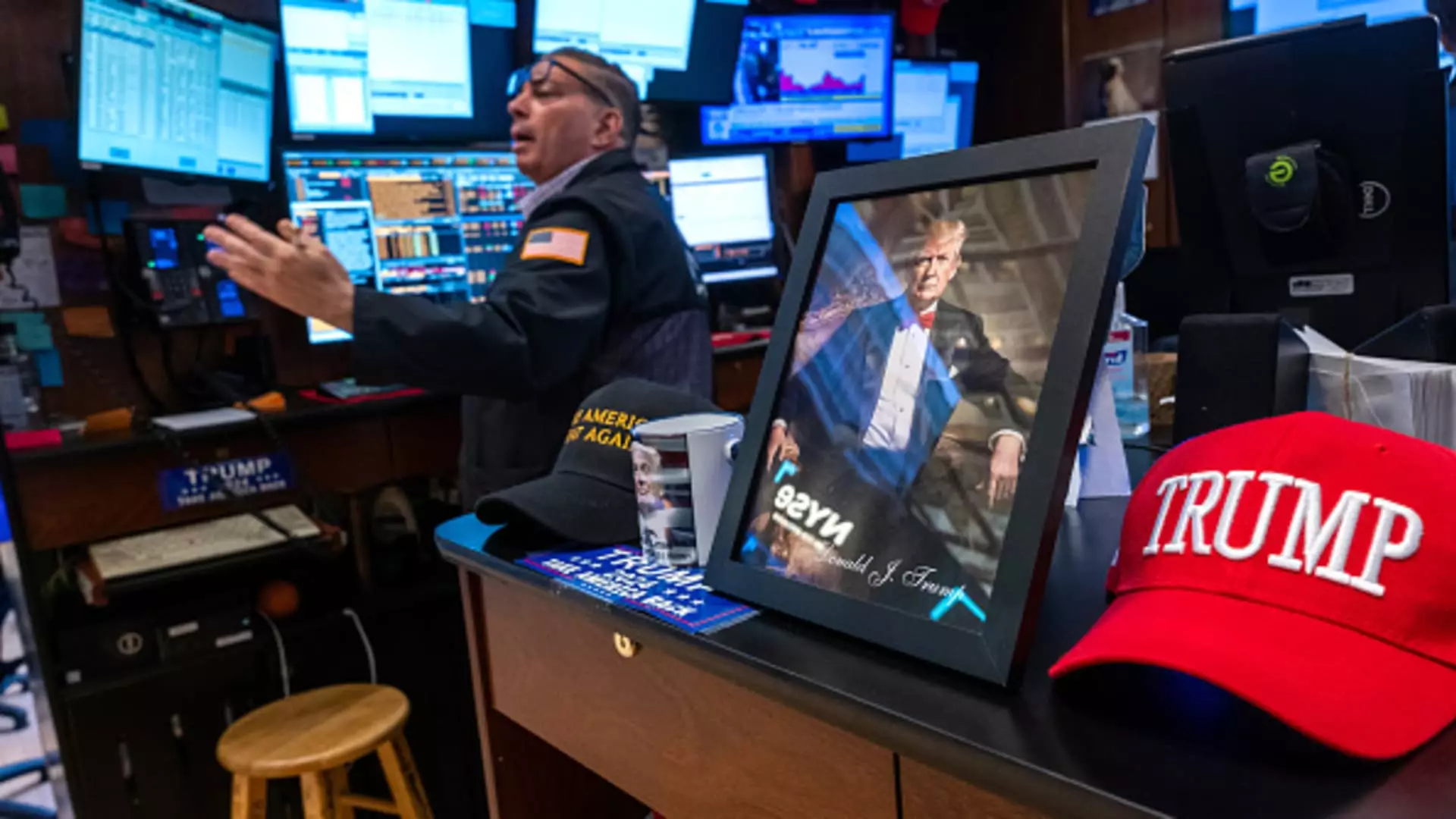The tumultuous nature of the stock market in recent times has left many investors questioning their strategies. As political agendas shift and the financial landscape becomes increasingly complex, it seems that the stability we once took for granted is now nothing more than an illusion. With news headlines blaring warnings about impending trade wars and economic downturns, prudent investors find themselves grappling with a sense of uncertainty. Yet, despite the chaos, portfolios may not be as drastically affected as one might assume. President Donald Trump’s administration, for instance, saw the S&P 500 produce a noticeably muted annualized return of 1.58% during his second term. Nevertheless, investors are advised to resist the temptation to react impulsively to the inevitable market fluctuations.
Understanding Historical Trends Reveals Hidden Lessons
When analyzing historical data, it becomes clear that stock markets often ride waves of volatility that can both confuse and dishearten even the most seasoned investors. Take, for example, the early days of Joe Biden’s presidency, when the S&P 500 boasted an impressive annualized return of over 34%. A comparison with Barack Obama’s presidential beginnings reveals similar trends, with a lift of approximately 30% during the initial phases of both his terms. Contrastingly, George W. Bush’s first term demonstrated a starkly different outcome; an annualized return plummeting to negative 12% by June 6, 2001, serves as a sobering reminder that not all political administrations yield financial prosperity.
It’s worth noting that these data points are not isolated incidents; they form part of a larger pattern depicting the broader economic tendencies influenced by political decisions. Most presidencies since Jimmy Carter have, despite problematic moments, resulted in net positive returns for investors over four to eight years. It begs an important question—why do investors seem unable to ignore short-term market noise in favor of long-term growth?
The Psychology Behind Market Reactions
The underlying issue for many investors appears to be one of psychology. During tumultuous periods, humans are wired to react, often driven by fear. As markets dive and rise with alarming zest, it’s easy to feel the pull to make drastic changes to investment strategies. Financial experts like Cathy Curtis and Douglas Boneparth caution against such responses. Curtis wisely notes that “volatility doesn’t predict direction,” emphasizing the importance of keeping a level head amidst chaos.
Strategic investment is rooted not in emotional reactions but in long-term planning. Impulsive decision-making can often lead to regrettable financial outcomes. For example, exiting the market during a downturn may prevent investors from benefiting from the inevitable resurgence that follows. It’s a manifestation of the greater economic cycle, one that has been proven time and time again.
The Value of Historical Perspective in Modern Contexts
To drive home this point, many financial planners, like Curtis, utilize historical charts to emphasize the upward trajectory of market trends since 1950. Investing $1,000 in the S&P 500 at the onset of Harry S. Truman’s presidency would, astonishingly, amount to around $3.8 million today. Such long-term perspectives remind investors that although the short-term dips may signal potential doom, the broader market is often predisposed to recovery and growth.
In this context, remaining patient becomes paramount. With constant mentions of “market corrections” or “crashes,” it’s essential to remind oneself that such events, while unsettling, might also present opportunities for growth. Viewing these fluctuations as natural instead of catastrophic can reshape one’s investment approach.
Confronting the Challenges Ahead with Optimism
Acknowledging the challenges presented by increasingly polarized political atmospheres is crucial. Still, it’s equally vital to foster a sense of optimism. Markets have been resilient through changes in leadership and economic trials, often rebounding in ways we least expect. Knowing that historically, assertive investment over the long haul can yield significant returns is a powerful motivator to remain invested, even during turbulent times.
Ultimately, the key takeaway for investors is clear: maintain a steady course amidst the noise. Financial markets may be marked by volatility, but historically speaking, they also trend towards recovery and growth over time. It is in this synthesis between patience and strategy that astute investors can find real opportunities—not merely for surviving the storm, but for thriving despite it.

